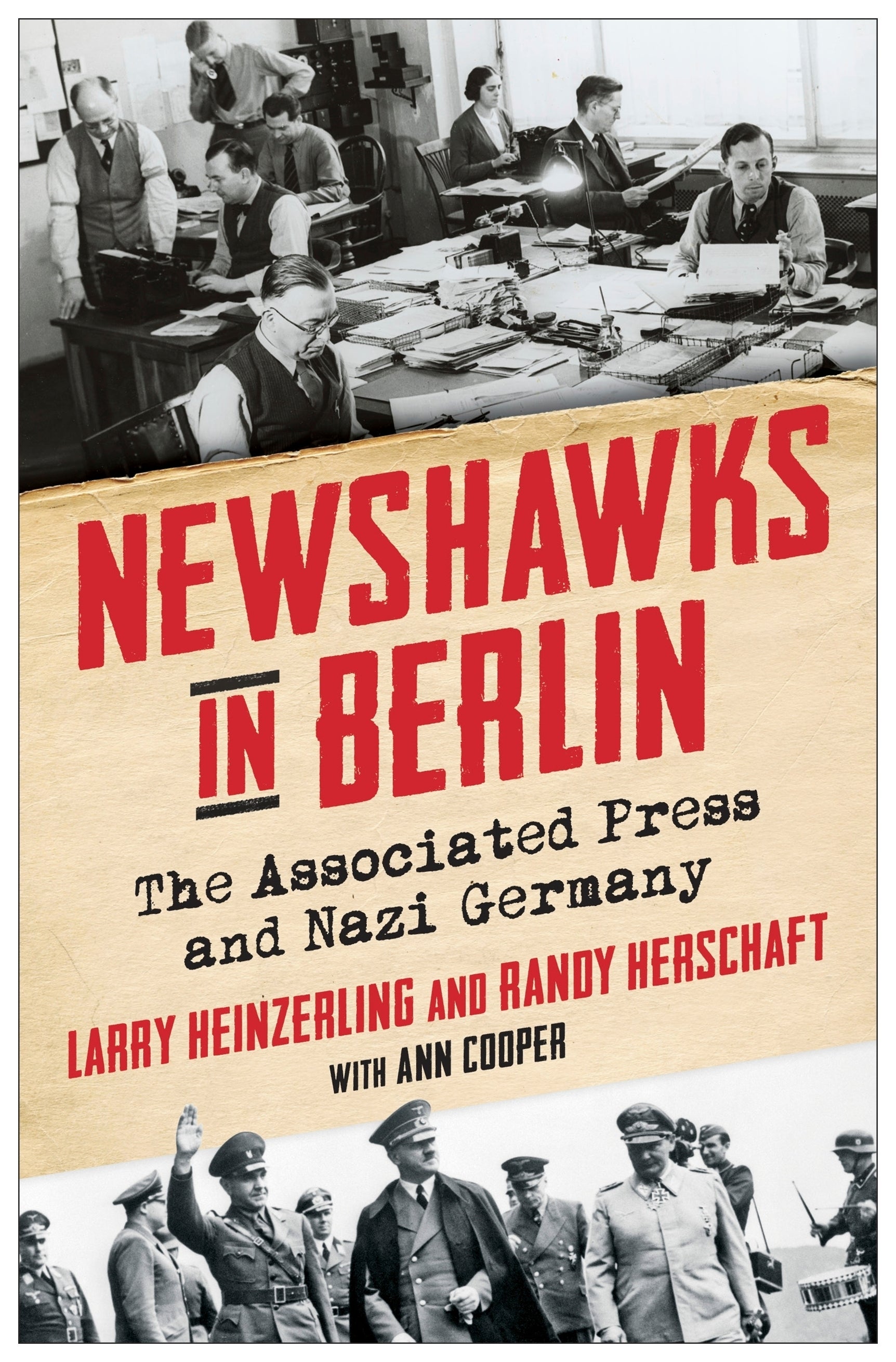Book Review: 'Newshawks in Berlin' illustrates tough choices news organizations face in wartime
“Newshawks in Berlin: The Associated Press and Nazi Germany” explores the challenges the world's largest news organization faced in its coverage of World War II

Your support helps us to tell the story
From reproductive rights to climate change to Big Tech, The Independent is on the ground when the story is developing. Whether it's investigating the financials of Elon Musk's pro-Trump PAC or producing our latest documentary, 'The A Word', which shines a light on the American women fighting for reproductive rights, we know how important it is to parse out the facts from the messaging.
At such a critical moment in US history, we need reporters on the ground. Your donation allows us to keep sending journalists to speak to both sides of the story.
The Independent is trusted by Americans across the entire political spectrum. And unlike many other quality news outlets, we choose not to lock Americans out of our reporting and analysis with paywalls. We believe quality journalism should be available to everyone, paid for by those who can afford it.
Your support makes all the difference.Journalism is often referred to as the first draft of history, especially when covering war and international conflicts.
“Newshawks in Berlin: The Associated Press and Nazi Germany” explores the challenges the world's largest news organization faced in trying to balance journalistic ethics with ability to cover World War II within the confines of a dictatorship. The book is a fair but blunt assessment of AP's work during that time.
The book is written by two veteran AP journalists — Randy Herschaft and the late Larry Heinzerling — along with Columbia Journalism School professor emerita Ann Cooper.
It follows up on a 2017 in-depth review Herschaft and Heinzerling authored for the AP looking at the news organization's operations in Nazi Germany. That review was prompted by a paper by an academic paper a year earlier that asserted the AP ceded influence to Nazi propagandists over the production of its German photo service.
“Newshawks,” however, goes beyond looking at the photos operations that were the focus of the 2017 review. It richly mines AP's vast archives and other sources to provide a fascinating inside account of a journalistic era that's completely different from now but poses many of the same questions.
It examines the role of the organization's top journalists who steered its coverage and stoked controversy along the way, including Berlin bureau chief Louis Lochner and AP general manager Kent Cooper.
The challenges AP and other news organizations on battling misinformation seem all too familiar. A discarded “rumor deflator” briefly launched by AP to address outlandish stories during the war was a precursor to the fact checks and accountability pieces that are commonplaces throughout today's journalism.
The book richly illustrates journalistic conflicts that resonate today, as reporters risk their lives to cover the Russia-Ukraine and Israel-Hamas wars.
____'
DeMillo, an Associated Press reporter based in Little Rock, Arkansas, never met or worked with New York-based journalists Randy Herschaft and Larry Heinzerling.